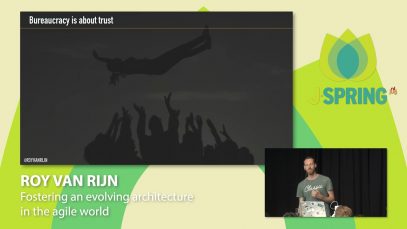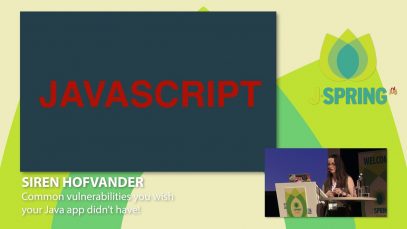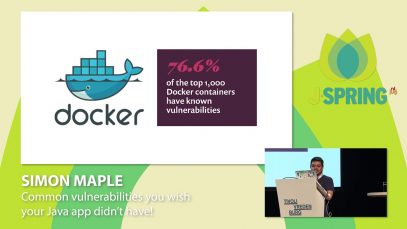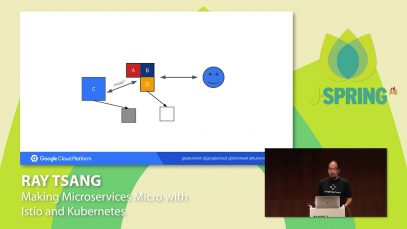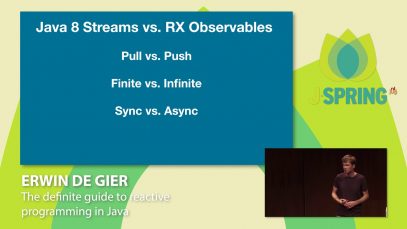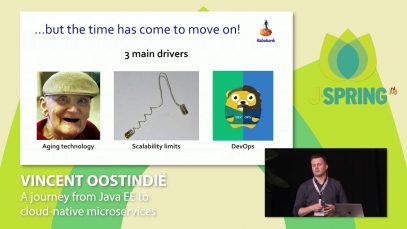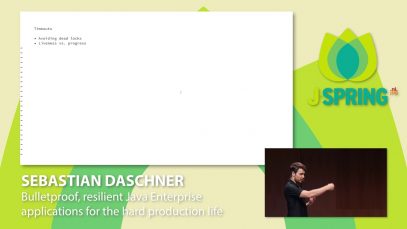J-Spring 2018: Daan Keuper – Hacking the connected car
Car security is, not surprisingly, a hot topic; after all they are fast and heavy computer controlled machinery that nowadays come with all kinds of internet connectivity. So we decided to have a look at it. In this presentation, we’ll first cover some theory behind the IT-part of car architecture. We’ll discuss attack vectors and […]






